For a nation still rebuilding itself after the horrors of the Second World War, the coronation of Queen Elizabeth II in June 1953 was met with great joy and optimism.
After years of austerity and hardship, the British people were ready to celebrate the beginning of a new era, symbolised by the young queen ascending to the throne.
The coronation itself was a grand spectacle, watched by millions around the world on television for the first time.
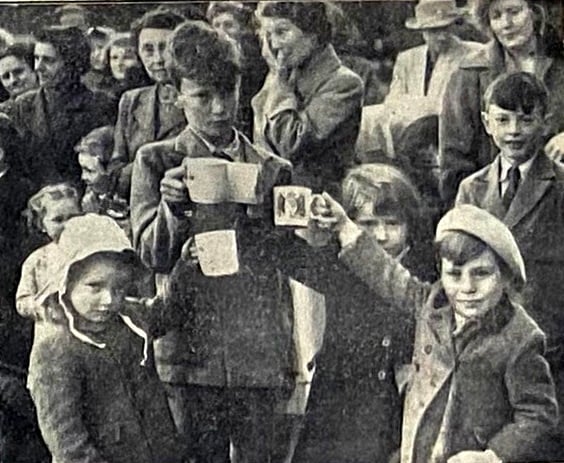
Like Charles III’s coronation 70 years later, the ceremony took place in Westminster Abbey, where monarchs have been crowned since 1066, and included a procession through the streets of London and a balcony appearance at Buckingham Palace.
The Herald dispatched reporters to every corner of the paper’s circulation area – and while recording that “sullen” weather did put a damper on many events, it did not stop the “laughter and rejoicing”.
The below article is a word-for-word duplication of the lyrical introduction to the Herald’s June 5, 1953, ‘Special Coronation Edition’:
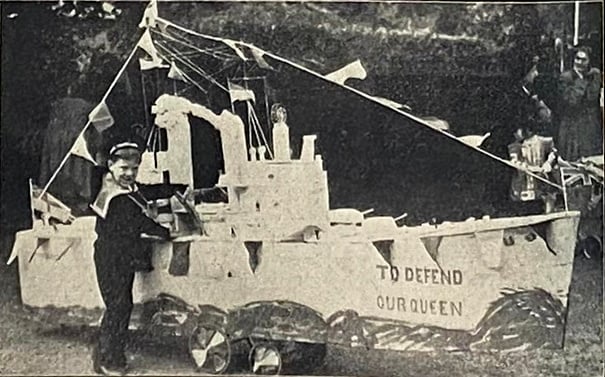
The way the weather changed from Whitsun’s blazing splendour to sullen, chilly June was almost treachery and treason – as though June were jealous of a young Queen’s beauty and so wept bitter tears. But even on days when fresh lustre is added to Britain’s splendid role of history, the weather, grimly unpredictable, essays ever to speak the last word to make, or to make or to mar. And so in a sense it was that on Coronation Day, June 2nd, 1953, for if it could not quench the fervour of homage paid by countless thousands to a young and gracious lady, epitome of majesty and of womanhood alike, we must record that it could, and it did, curtail the rejoicings planned in every town and village.

If only the sun had shone... and yet, in Farnham Haslemere, Alton, Bordon and all the villages around, the Coronation was celebrated in recreation grounds, playing fields and village greens, as had been planned and anticipated over long months of patient organisation and painstaking preparation. Only the weather was sullen. All else was laughter and rejoicing.
Just how many hours went into the local celebrations, no one will ever estimate – the processions, and the children’s teas, the cutting-out of costumes, the decorating of vehicles, the transportation of the old folk to watch the television programmes, the arranging of children’s sports, the dancing and the music, the fireworks and the bonfires – all these and more were to be found within this local area where three counties meet, but where no county rivalries could ever be allowed to stand against the common loyalty and devotion to the Crown.
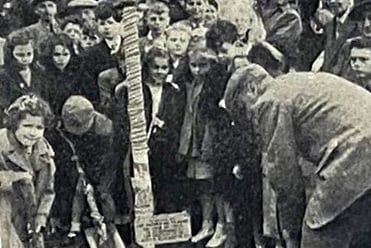
Throughout the long day, Herald reporters were visiting local celebrations and recording their impressions; for in their way the local celebrations have added their contribution to the page of history made on Tuesday, as indeed one knew they would, for the spirit of England does not change, nor is it less sturdy nor less ready for rejoicing that in the days of the first Queen Elizabeth.


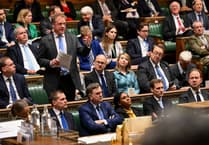

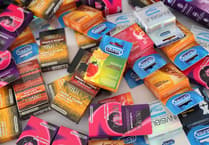
Comments
This article has no comments yet. Be the first to leave a comment.